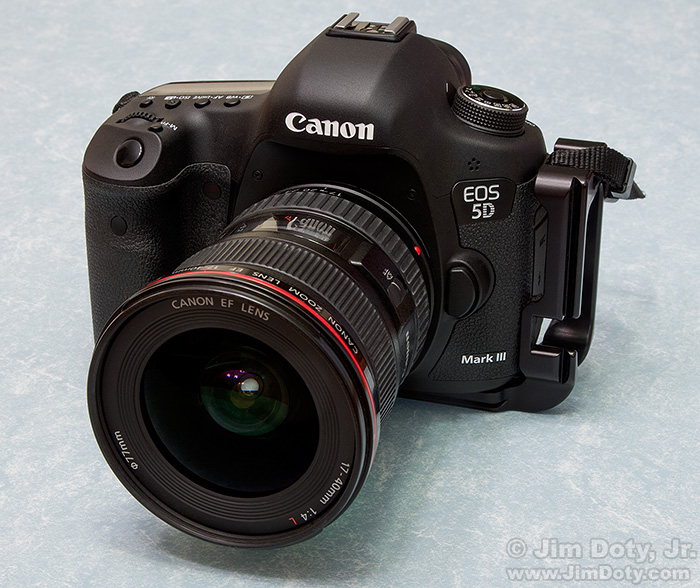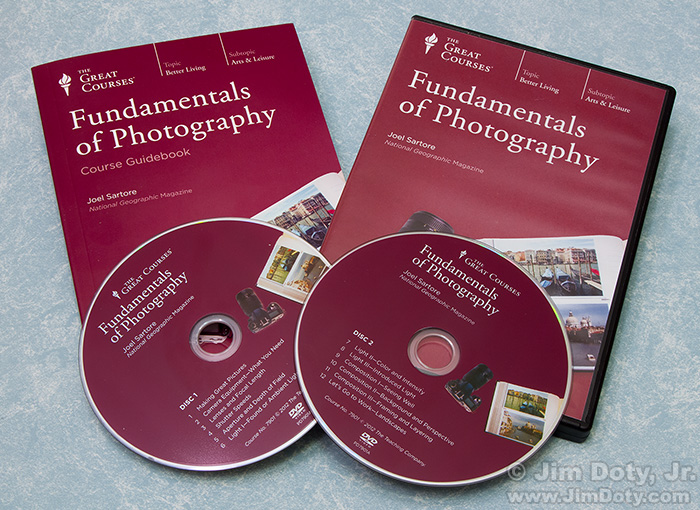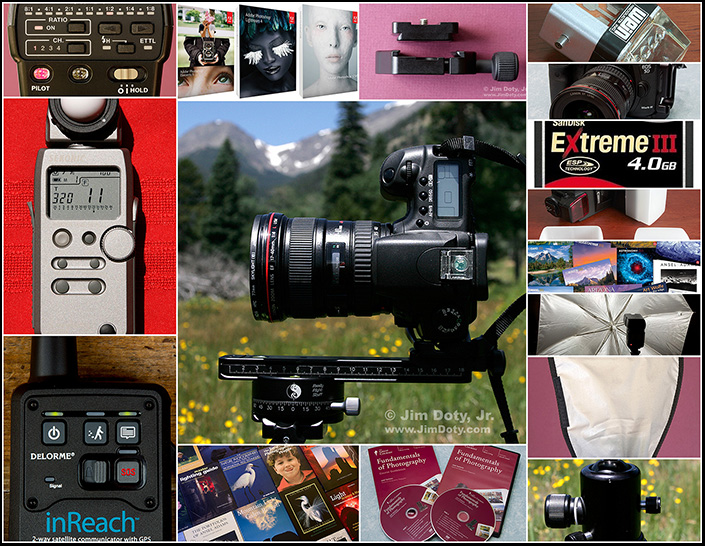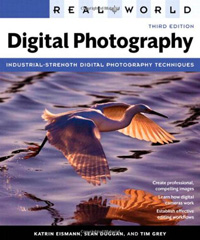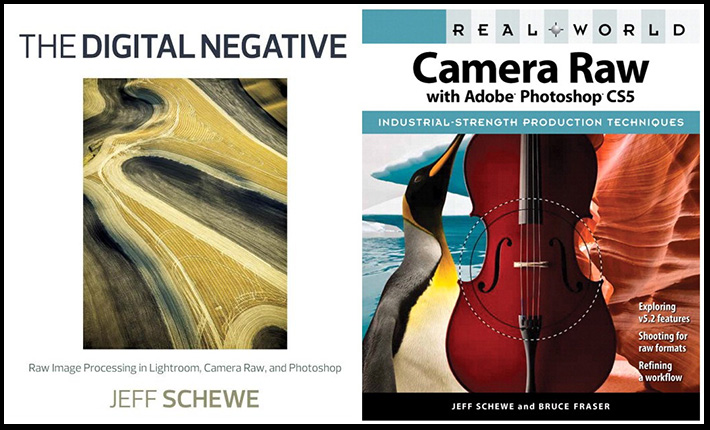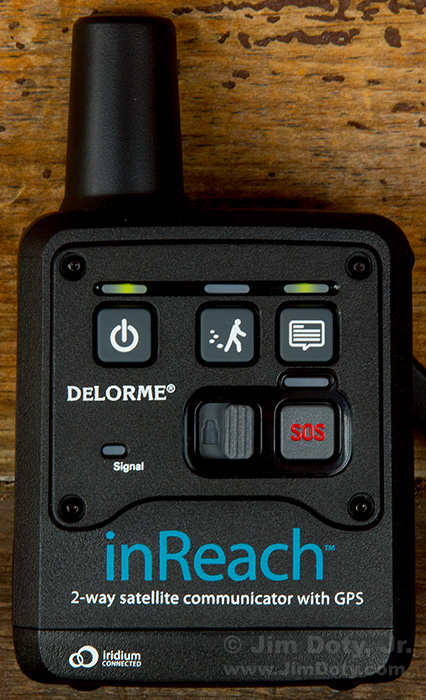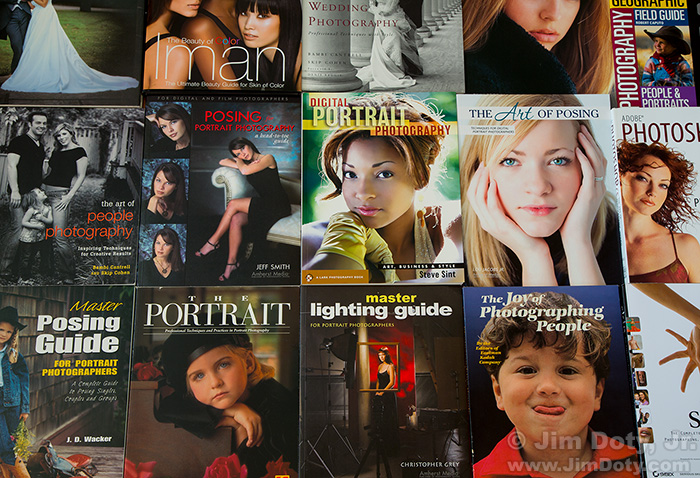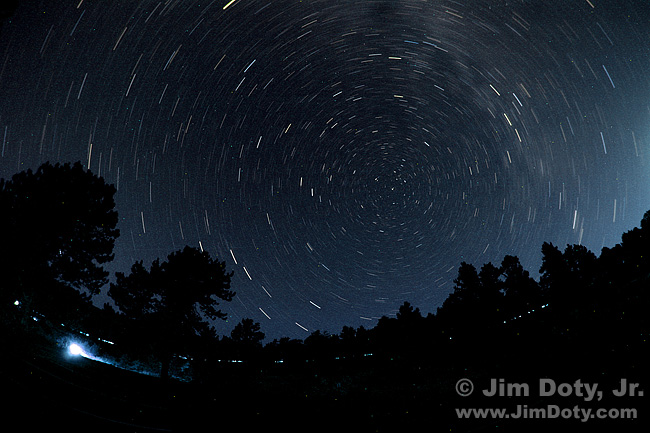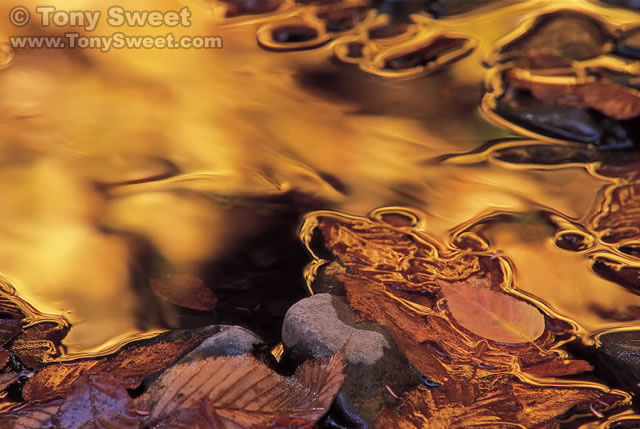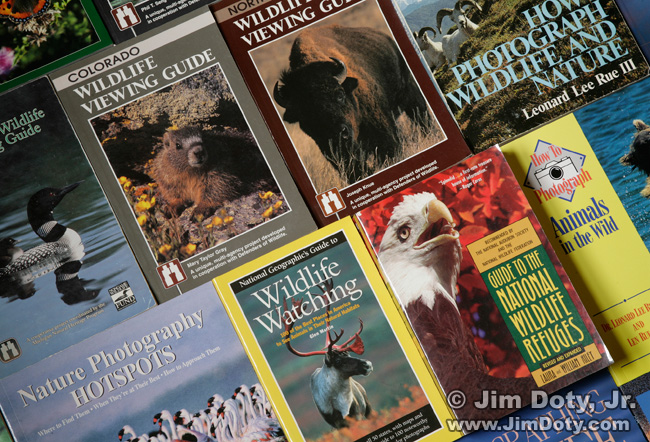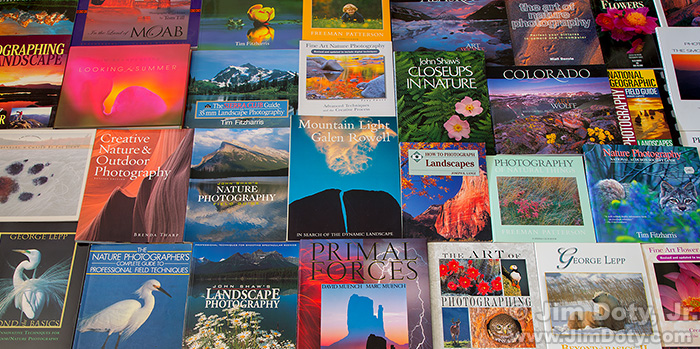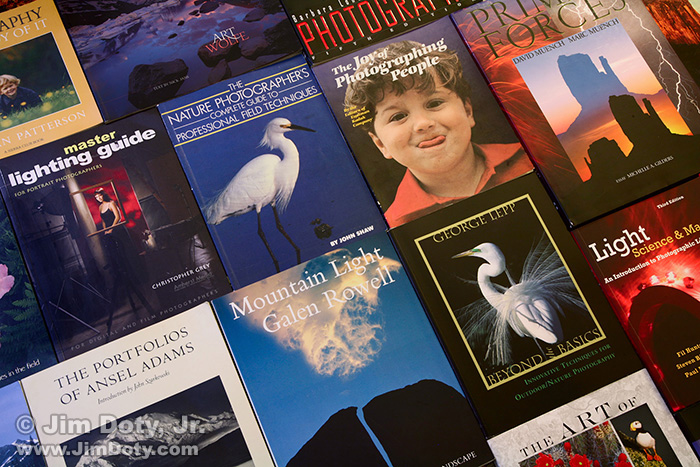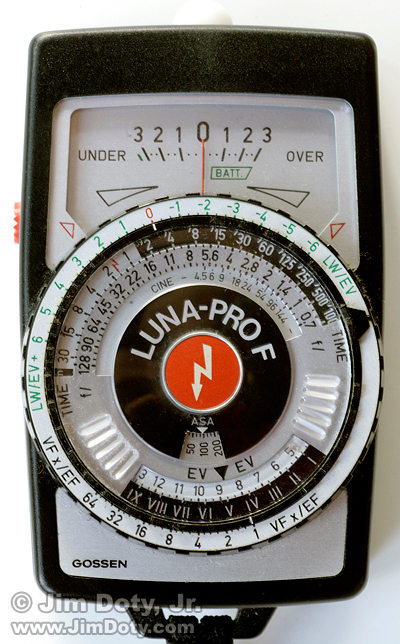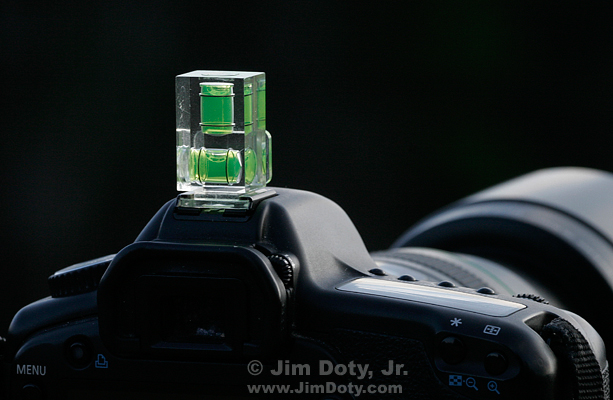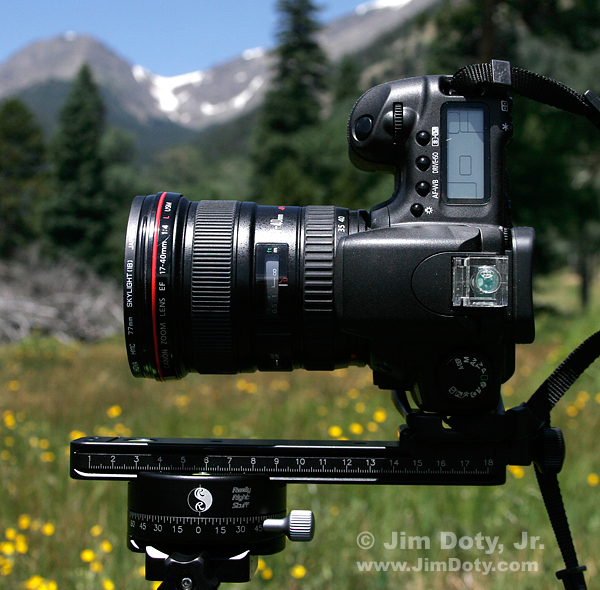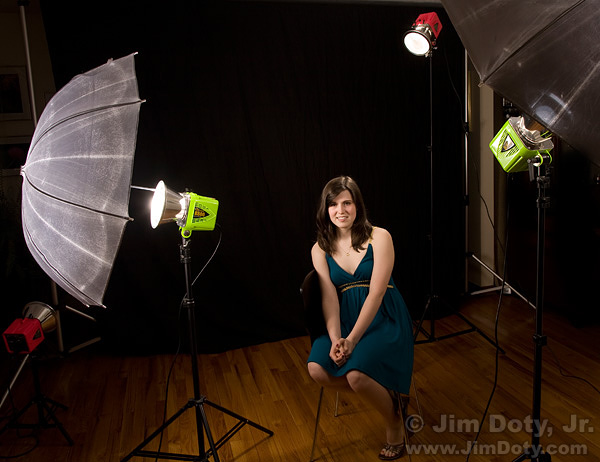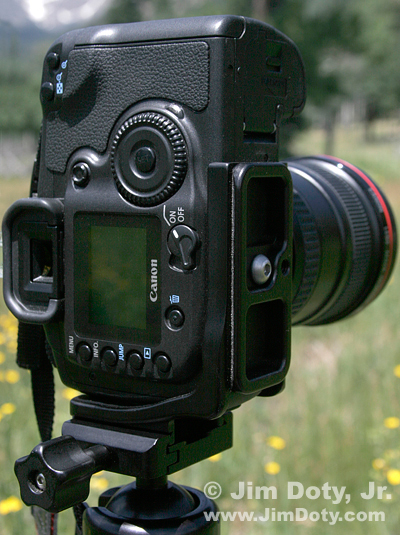Originally shot in HD and resized for the web, this will give you an idea what the Canon 5D Mark III is capable of doing.
Pop Photo’s Best Camera of 2012: Canon EOS 5D Mark III
According to Popular Photography magazine, the Canon EOS 5D Mark III is “the best low-light DSLR we have yet tested. A near perfect tool for the still shooter, it can double as a top gun for the videographer” (Jan 2013 issue, p. 58). Pop Photo‘s top three cameras for 2012, all full frame digital SLRs, are the Canon 5D Mark III, the Nikon D800, and the Sony Alpha 99. So why did they pick the 5D MkIII as the best of the best?
Great Set of DVDs: Joel Sartore’s Fundamentals of Photography
I finally found an excellent series of photography lessons on video to complement my book, Digital Photography Exposure for Dummies, and it is by Joel Sartore, a first class photographer who does a lot of work for National Geographic. He does stunning photography in amazing situations all over the world. You can see some of his work in the galleries at his web site.
The Best of the Best: Photography Recommendations For The Best Photo Gear, Books, Software, and Online Photo Labs
This time each year I put together a collection of articles recommending the best photo gear, books, DVDs, software, calendars, online photo labs, and a whole lot more. The articles are revised every year, some of them extensively. Here’s the list of linked articles.
Basic And Intermediate Books On Photoshop And Digital Photography
How do you learn the basics of Photoshop before going on to the books I recommend in the Mastering Photoshop Series? Look at the books below. Why did I lump Photoshop books together with digital photography books? Because some of the best basic and intermediate books cover both.
There are any number of good, basic and intermediate photoshop/photography books. Look for books by Tom Ang, Rick Sammon, Tim Grey, Martin Evening, Bruce Fraser, and Scott Kelby. Also worth reading are Deke McClelland, Barbara Obermeier, and Peter Bauer who authored the popular “Dummies” series of books for various versions of Photoshop.
Continue reading
Mastering Photoshop: Retouching, Part Two
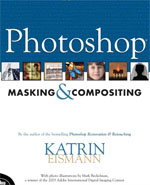
Two essential and challenging Photoshop skills are Masking and Compositing. Fortunately for all of us out in Photoshop land, Katrin Eismann has written a masterful book on developing these skills, Photoshop Masking & Compositing.
You will learn about selection tools and techniques, how to use masks and layers, advanced selection techniques for difficult subjects like human hair, and how to do flawless composites.
Mastering Photoshop: Retouching, Part One
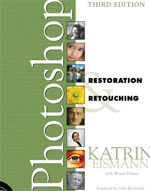
Katrin Eismann is a world class expert on photo retouching. She is one of the best of the best. In 2005 she was inducted into the Photoshop Hall of Fame. Anything she writes should be high on your reading list if you are serious about making the most of your Photoshop skills.
Adobe Photoshop Restoration & Retouching (3rd Edition)Â has become a classic and it is is now in its third edition. You would be hard put to find a better book on Restoring and Retouching photos with Photoshop. Once you’ve learned the basics of Photoshop, this book is a must read. Just look at all the 5 star ratings at amazon.com and read the glowing reviews.
Mastering Photoshop: Advanced Color Correction, Part Two
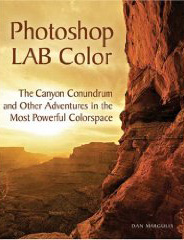
Everything you need to know about Dan Margulis is in Advanced Color Correction, Part One .
After you have devoured the book I recommend in that article, you will know why you need to get Photoshop LAB Color: The Canyon Conundrum and Other Adventures in the Most Powerful Colorspace.
Mastering Photoshop: Advanced Color Correction, Part One
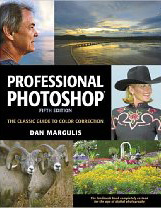
If you want to master color in Photoshop, Dan Margulis is the best of the best. He is one of the first three persons to be named as a member of the Photoshop Hall of Fame. And the book to get is Professional Photoshop: The Classic Guide to Color Correction (5th Edition). It is well worth finding on the used market (which you can do via my photography store). What Margulis teaches you to do with color is amazing. The before and after images will make your jaw drop.
Mastering Photoshop & Lightroom: Adobe Camera Raw (ACR)
If you aren’t shooting RAW files with your digital camera (as opposed to jpeg files), you should think about the advantages of shooting in RAW. Read the articles RAW vs JPEG Camera Files and The RAW vs JPEG Exposure Advantage at my photography web site.
A lot of the quality of your final image will be determined by what you do with your RAW files when you open them in Adobe Camera RAW (ACR) which is part of Photoshop and Lightroom.
Satellite Communicators: The Messaging Devices That Can Save Your Life
Every now and then you hear tragic stories about people who lose their lives simply because they didn’t have a cell phone signal and couldn’t call for help in an unexpected emergency. A $200 – $300 satellite communicator would have saved their lives.
The Best Books: Mastering Photoshop Series
If you want to master Photoshop, a complete course can be found in the books recommended below.
“How To” Book Recommendations: People Photography
More photos are taken of people than any other photograph subject. If you want to improve your photographs of people, there are some excellent books to help you do that.
Books and Calendars from the Master: Ansel Adams
I have no idea when I was first entranced by the photos of Ansel Adams. There is a wonderful, luminous quality to his work. Small wonder he is America’s best known landscape photographer. Collections of his work would make a worthy addition to any photographer’s library. This is also the time of year that Ansel Adams calendars pop up like snowstorms.
The best advice I can give you is: Don’t buy any book or calendar with photos by Ansel Adams unless it is published by Little, Brown and Company, or by NYGS (New York Graphic Society, which is also published by Little, Brown).
Why?
Best Astrophotography Books
Interested in getting into astrophotography? The simple stuff is simple to do (like the photo above). The hard stuff is hard and complicated to do if you want eye popping photos like you see in Astronomy and Sky and Telescope magazines. Here’s my advice.
Two Excellent Nature Photography Books by Tony Sweet
I’ve been reading two excellent nature photography books by Tony Sweet. They are published by Stackpole Books. They choose first class photographers who have written an excellent and ongoing series of photography books. I’ve been giving high praise to Stackpole’s photography books for years and I now have two more to add to the list.
Finding Wildlife, The Best Books
The first step to photographing wildlife is finding wildlife. In the case of common wildlife, that’s easy. If you are looking for squirrels you may not need to look any farther than your own back yard. But if you want to photograph something a little more exotic, like Chachalacas or Green Jays, you need to know where to look for them (the southern tip of Texas).
Great “How To” Nature Photography Books
Want to be a better nature photographer? Read anything by John Shaw, Galen Rowell, Art Wolfe, Freeman Patterson, Tim Fitzharris, George Lepp, Larry West, Arthur Morris, Allen Rokach, John Netherton, Leonard Lee Rue III, Brenda Tharp, and the Stackpole (publisher) nature series.
Here are some specific books to look for.
Photographic Composition: The Best Books

Is composition something that can be taught, or is it innate? Probably a bit of both. It is hard to look at photographs by Frans Lanting, Art Wolfe, Galen Rowell, and Dewitt Jones without coming to the conclusion that they were born with some kind of magic sense of composition. On the the other hand, it is clear that photographers can improve dramatically with the right kind of guidance.
Some of the Best All Purpose Photography Books
This is a list of books that I found the most helpful when I took a serious interest in photography. These books were written back when film was king, but that makes them all the more valuable to today’s digital photographers. Some digital photography books get so lost in technical information that the heart and soul of photography can get lost. The best film photography books are about light and shadow, subjects, form, texture, line and shape – all of which applies to digital photography. Some of these books are out of print but well worth finding on the used book market.
The Best Book On Photographic Lighting
Many photographers would say Light: Science and Magic is THE best book on photographic lighting – and I agree with them. If you intend to be seriously involved in photography, this book should be on your required reading list.
BEST MEMORY CARDS FOR DIGITAL CAMERAS
Short List:
SanDisk
Lexar
Memory cards are the “film” for your digital camera. You don’t want to have a card failure and lose your photos. A reliable brand is important.
Tim Grey Recommends Digital Photography Exposure for Dummies
With 12 books, hundreds of magazine articles, over a dozen instructional videos, and numerous workshops to his credit, digital photography expert Tim Grey really knows his stuff. In one of his eNewsletters, Tim gives this excellent recommendation for Digital Photography Exposure for Dummies:
Recommended Incident Light Meters
There’s no question that in some complex metering situations, an incident light meter can be quicker, faster, simpler, and more accurate than the meter in your camera. Many incident light meters can also measure light from an electronic flash, a huge bonus when you are using a flash in the manual mode.
Keeping Your World Straight With A Double Bubble Level
Why waste time fixing crooked horizons when a simple accessory will put an end to the problem. Read the complete information article here.
Save money and buy a Manfrotto Double Bubble Level from Amazon.com (and get free shipping), or you can order it at my photography store which is powered by Amazon. Same price, same free shipping, same great service, same guarantee..
Best Panorama Gear: Living In Pano Heaven
If you are using an Arca-Swiss compatible quick release system, which I highly recommend, two simple pieces of easy-to-carry equipment can put you in panorama heaven. Get the full story here.
Link
The best of the best photography gear, books, accessories, and online photo labs:Â a series of articles.
AlienBees: High Quality, Economical Studio Lights
For the best combination of quality and price, it is hard to beat AlienBees studio lights. I’ve been using AlienBees in my studio (and on location) for 6 years, and like so many other photographers, I’ve been singing their praises. It would be hard to find the same quality for less money.
The Best Camera Quick Release System
Mounting a camera onto the screw on top of a tripod head is time consuming. Doing it in the dark when your hands are cold is annoying. Once the camera is mounted, if you flop the camera over to the side to take a vertical photo, the camera tries to rotate on the screw. To provide a solution, all kinds of “quick release systems” have been created. Some of them work quite well, some not so well. Most systems have a weakness of one kind or another.
Tripod Head Recommendations: Some of the Best of the Best
The short list.
3-Way Tripod heads:
Manfrotto 056 3D Junior Head (replaces 3025)
Manfrotto 3025
Manfrotto 115 3D Super Junior Head (replaces 3028)
Manfrotto 410 Junior Geared Head
Ball Heads:
Slik Pro Ballhead 800
Kirk Enterprises BH-3
Kirk Enterprises BH-1
Really Right Stuff BH-40
Really Right Stuff BH-55
Light Modifiers (Softeners) for Accessory Flashes
Photographers are always looking for ways to soften the light when doing portraits. The light from an accessory flash can be quite harsh so there are a wide range of modifiers to soften the light for more pleasing portraits. Here are my three favorites.

